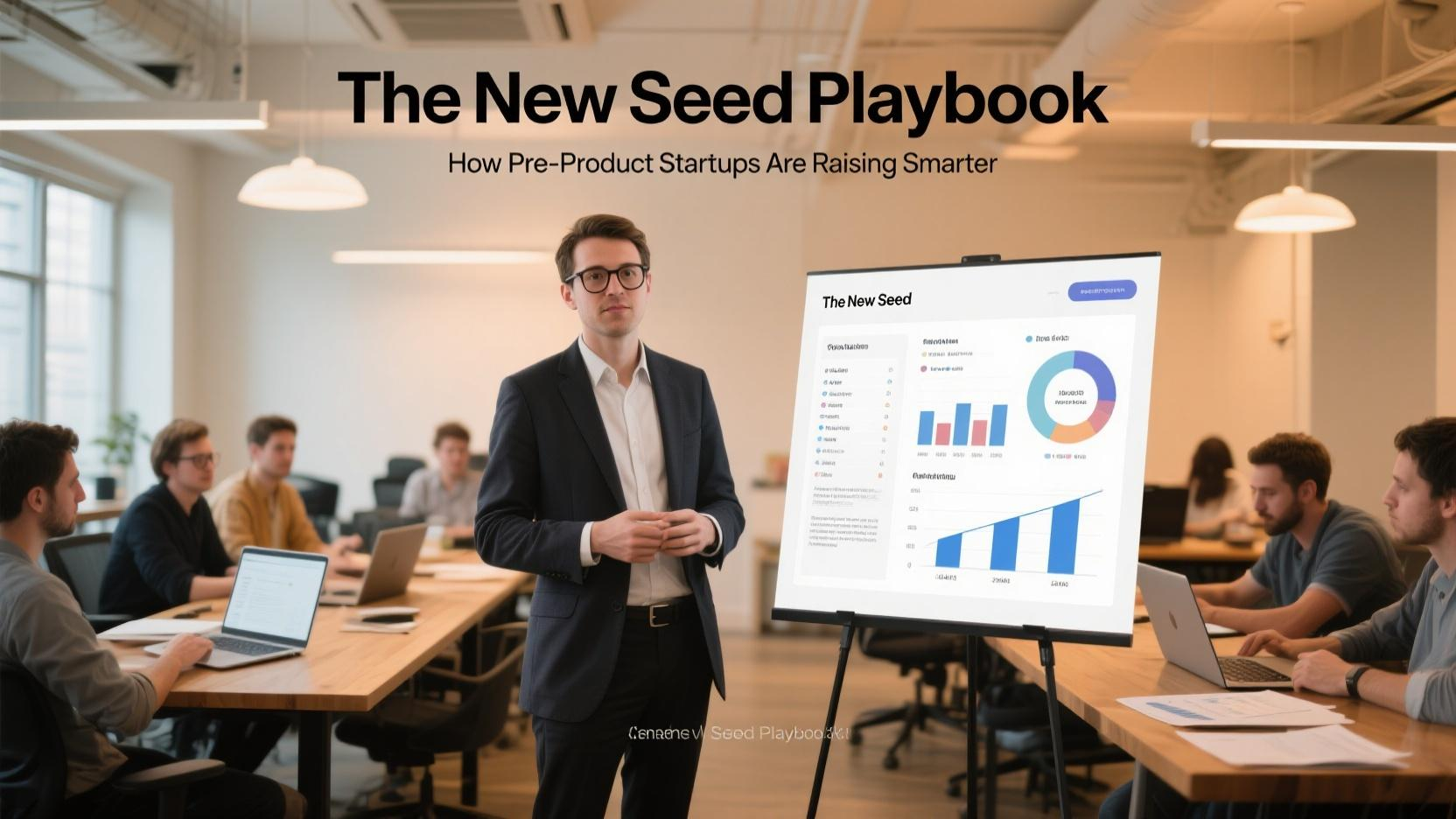Rethinking Early-Stage Fundraising in the Post-Zero Interest Era
In the past, raising a seed round with just an idea and a deck was common, especially during the bull run of 2020–2021. But in today’s tighter funding environment, early-stage startups are rewriting the seed playbook. Now, even pre-product founders are expected to prove more than just vision—they must show validation, traction proxies, or deep founder-market fit.

- Minimum Viable Data, Not Just Product
Even without a product, successful founders are using:
Waitlists to demonstrate demand (e.g., 5,000 signups in 3 weeks)
Landing pages with A/B tests to validate messaging
Manual services to mimic future automation (“concierge MVPs”)
Investors like Initialized Capital now expect “evidence of pull”—a signal that the market is already talking, even if the product isn’t live.
- Co-Founder Credibility and “Market Obsession”
With so many applicants, VCs are backing:
Founders with domain expertise (e.g., a former compliance officer launching a regtech platform)
Founders who iterate visibly and quickly in public (e.g., via X/Twitter threads, Substack posts, or GitHub)
The shift is from “big idea” to relentless builder.
- Smart Rounds: Equity + Ecosystem
Pre-seed and seed rounds now go beyond capital:
Funds are often combined with access to early users (e.g., accelerators with built-in distribution like On Deck)

Cap tables are optimized for follow-on rounds—avoiding “angel overload”
Some founders now launch “build-in-public funds”, inviting early customers as micro-investors
In Asia and LatAm, founder-angel syndicates are growing, building trust-based early ecosystems.
Key Takeaway
The seed round isn’t dead—it’s evolving. Founders who combine lean experimentation, strong signals, and smart storytelling still raise effectively. But the bar has risen: clarity beats hype, data beats dreams.
